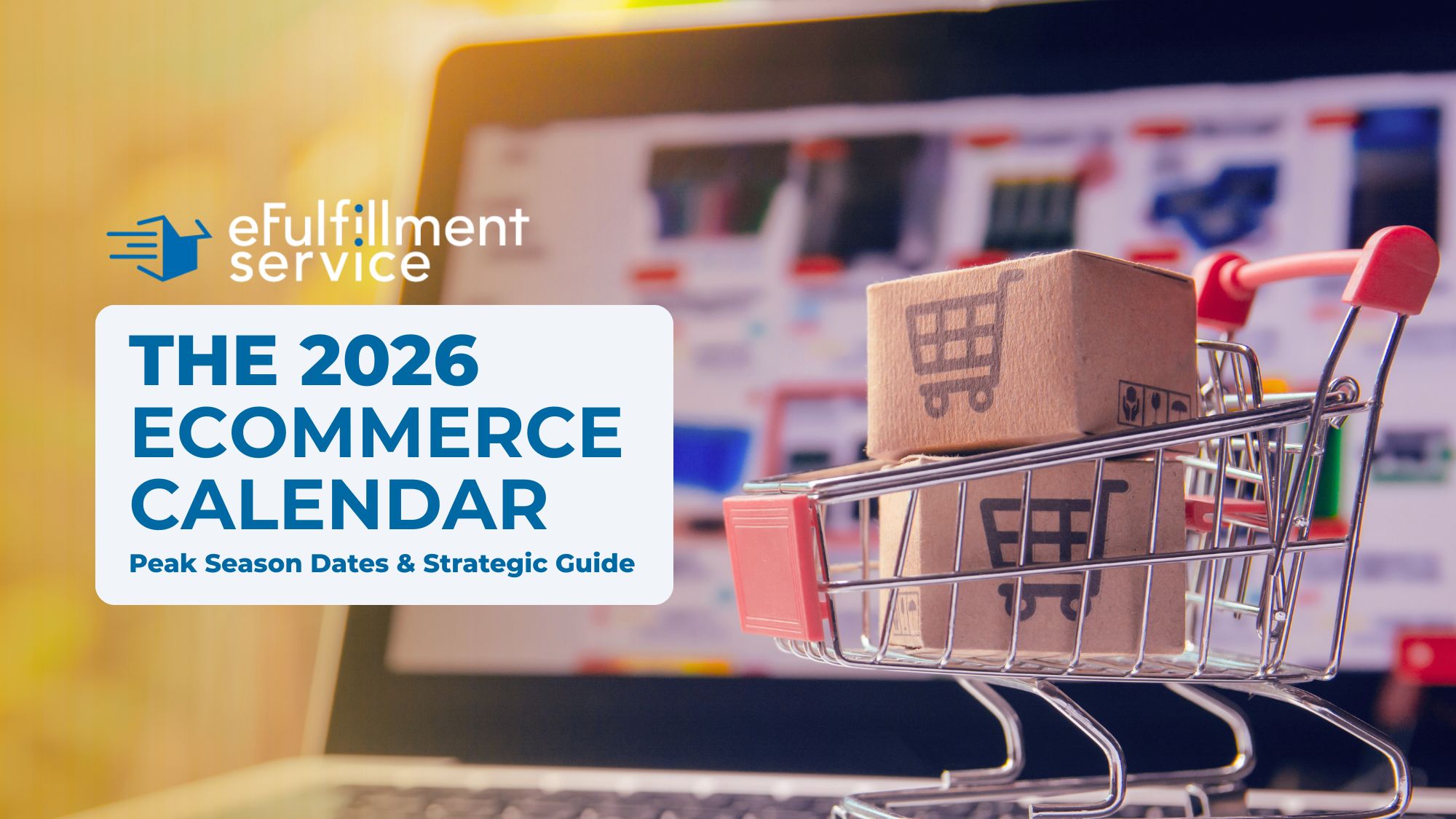
Table of Contents:
Peak Season eCommerce Dates for 2026
- Quick Reference: 2026 Shopping Calendar
- Shopping Season Windows
- Confirmed and predicted shopping dates for 2026
- Major ecommerce events with specific timing
- Holiday shopping dates for 2026
- Seasonal shopping periods and emerging events
- Market size projections and consumer trends for 2026
- Technology innovations reshaping ecommerce in 2026
- Strategic best practices for ecommerce sellers in 2026
- Conclusion: Act now to capture 2026 opportunities
- Sources
Ecommerce will reach $7.06 trillion globally in 2026, growing 7.5% annually as mobile commerce captures 60-73% of transactions and AI-powered personalization becomes essential for survival.
The year divides into three critical selling windows: back-to-school (June-September), Prime Day period (mid-July), and Q4 holiday season (November 27 Black Friday through December 25 Christmas).
The economic backdrop features modest 1.4-1.8% US GDP growth with persistent 3.2-3.3% inflation, meaning consumers remain value-conscious while demand shifts from price-led to volume-led growth as buyers hit their pricing limits.
The cookieless reality arrives January 2026 with updated California privacy regulations, forcing fundamental changes in how retailers track and target customers.
Warehouse automation reaches $30 billion market size as same-day delivery shifts from premium to standard expectation, and social commerce explodes to $101 billion in the US alone.
Sellers who treat these as distant trends rather than immediate necessities will watch competitors capture market share throughout the year.
Quick Reference: 2026 Shopping Calendar
| Date | Event | Type | Key Details |
|---|---|---|---|
| February 14 | Valentine's Day | Holiday | Saturday; peak shopping 1-2 weeks before |
| February 18 | Ash Wednesday | Religious | Start of Lent season |
| April 3 | Good Friday | Religious | Friday before Easter |
| April 5 | Easter (Western) | Holiday | Sunday; shopping 2-3 weeks before |
| April 6 | Easter Monday | Holiday | Day after Easter |
| April 12 | Easter (Orthodox) | Holiday | One week after Western Easter |
| May 10 | Mother's Day | Holiday | Second Sunday in May (US) |
| June 21 | Father's Day | Holiday | Third Sunday in June (US) |
| June-September | Back-to-School Season | Shopping Period | Peak in July; 67% start by then |
| July 7-11 (predicted) | Amazon Prime Day | Ecommerce Event | Mid-July; 4-day event likely |
| September 1 | Labor Day | Holiday | Schools typically start after |
| October 7-15 (predicted) | Prime Big Deal Days | Ecommerce Event | Fall Prime Day; 48-hour event |
| October 31 | Halloween | Holiday | Saturday; peak shopping in October |
| November 11 | Singles' Day | Ecommerce Event | World's largest shopping event (11/11) |
| November 26 | Thanksgiving (US) | Holiday | Thursday; stores closed/early close |
| November 27 | Black Friday | Major Shopping Day | Biggest shopping day of the year |
| November 30 | Cyber Monday | Major Shopping Day | Online-focused; follows Black Friday |
| December 4-12 | Hanukkah | Holiday | 8 days starting sundown Dec 4 |
| December 14 | Green Monday | Shopping Day | Second Monday in December; $3B+ sales |
| December 19 | Super Saturday | Shopping Day | Last Saturday before Christmas |
| December 25 | Christmas | Holiday | Friday; last-minute shopping Dec 19-24 |
| December 26 | Boxing Day | Shopping Day | Major clearance sales (UK, Canada, Australia) |
2026 Shopping Season Windows
| Season | Timeline | Peak Period | Notes |
|---|---|---|---|
| Valentine's Season | Late January - February 14 | 1-2 weeks before | Flowers, jewelry, gifts |
| Easter Season | Mid-March - April 5 | 2-3 weeks before | Candy, spring apparel, toys |
| Mother's Day Season | Late April - May 10 | Week of May 3-10 | Flowers, jewelry, dining |
| Father's Day Season | Early June - June 21 | Week of June 14-21 | Tools, electronics, grilling |
| Back-to-School | June - Early September | July (67% by then) | Second-largest retail season |
| Halloween Season | Throughout October | Mid-to-late October | Costumes, candy, decorations |
| Holiday Season | November - December | Nov 27 - Dec 25 | Black Friday through Christmas |
From First Sale to Sold Out—Without Packing a Single Box
Contact us and we’ll tell you how we can improve your fulfillment experience and efficiency.
Confirmed and predicted shopping dates for 2026
The 2026 calendar features 27 confirmed shopping dates based on traditional holiday calculations, plus three predicted Amazon events that haven’t been officially announced. Black Friday lands on November 27 with Cyber Monday following on November 30, creating the year’s most critical selling period alongside Singles’ Day on November 11.
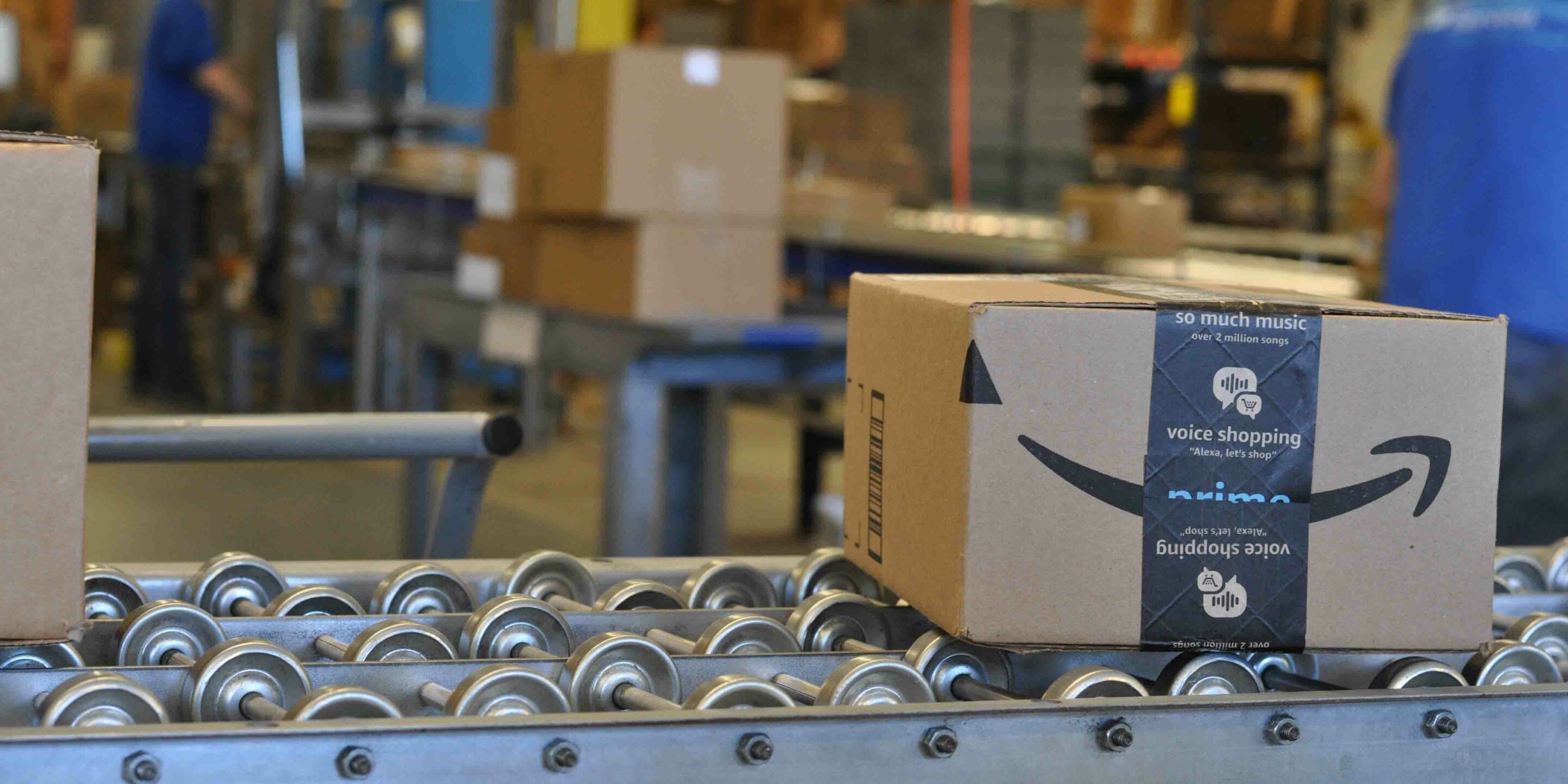
Major ecommerce events with specific timing
Amazon Prime Day 2026: mid-July 2026
Likely July 7-11 or July 8-11 based on historical patterns showing the event typically falls on the second Tuesday of July. In 2025, Amazon extended Prime Day to four days (July 8-11) for the first time ever. The company typically announces dates 3-4 weeks before the event in mid-to-late June. This Prime-exclusive event drives major sales in tech, Amazon devices, home goods, and electronics categories.
Amazon Prime Big Deal Days 2026 (Amazon’s fall Prime Day) is predicted: mid-October 2026
Likely October 7-15. This 48-hour event launched in recent years focuses on early holiday shopping with emphasis on toys, tech, and gifts. Like Prime Day, it’s exclusive to Prime members and requires 2-3 months advance planning for inventory and marketing.

Black Friday: Friday, November 27, 2026
The day after US Thanksgiving which falls on November 26. This remains the biggest shopping day of the year with major discounts across all categories in both physical stores and online. Cyber Monday follows on Monday, November 30, 2026, focused primarily on online shopping with strong emphasis on electronics and tech deals.
From First Sale to Sold Out—Without Packing a Single Box
Contact us and we’ll tell you how we can improve your fulfillment experience and efficiency.
Singles’ Day: November 11, 2026
Represents the world’s largest ecommerce shopping event by volume. Originating in China but now global, it offers massive opportunities for cross-border ecommerce, particularly in Asian markets. The date is always November 11 (11/11), making it a confirmed annual fixture.
Green Monday: Monday, December 14, 2026 (the second Monday in December).
Coined by eBay in 2007, it’s become the third-largest shopping holiday behind Black Friday and Cyber Monday, with sales reaching over $3 billion in recent years. It historically represents the last chance for online orders to arrive before Christmas with standard shipping.
Super Saturday (also called Panic Saturday): Saturday, December 19, 2026
The last Saturday before Christmas Day. This major in-store shopping day attracts last-minute shoppers, though it’s too late for standard online shipping without expedited options.
Holiday shopping dates for 2026

Valentine’s Day: Saturday, February 14, 2026
With shopping peaking 1-2 weeks before for flowers, chocolates, jewelry, gifts, cards, and romantic experiences.
Easter 2026: Sunday, April 5, 2026 (Western/Catholic/Protestant), with Orthodox Easter following on Sunday, April 12, 2026.
Related dates include Ash Wednesday (February 18), Good Friday (April 3), and Easter Monday (April 6). Shopping windows open 2-3 weeks before Easter for candy, gifts, spring apparel, decorations, and toys.
Mother’s Day: Sunday, May 10, 2026 (second Sunday in May in the US)
Driving sales of flowers, jewelry, cards, gifts, restaurant dining, and spa services. Note that UK celebrates Mothering Sunday on a different date (fourth Sunday of Lent).
Father’s Day: Sunday, June 21, 2026 (third Sunday in June in the US)
With popular categories including tools, electronics, sporting goods, grilling equipment, apparel, and cards. Australia celebrates Father’s Day on the first Sunday in September.
Halloween: Saturday, October 31, 2026
With shopping for costumes, candy, decorations, and party supplies peaking throughout October.
Hanukkah 2026 runs from sundown Friday, December 4 through nightfall Saturday, December 12, 2026 (eight days starting on the 25th of Kislev in the Hebrew calendar).
Jewish holidays begin at sundown the evening before. Popular categories include gifts, menorahs, candles, gelt (chocolate coins), toys, and games.
Christmas: Friday, December 25, 2026
With the shopping season typically running November through December. Peak shopping occurs from Black Friday through Christmas Eve, with last-minute shopping concentrated December 19-24 during Super Saturday and the final week.
Boxing Day: Friday, December 26, 2026 (always December 26)
This major shopping holiday in UK, Canada, Australia, and New Zealand features post-Christmas clearance sales similar to US “day after Christmas” sales, making it important for clearing holiday inventory.
Seasonal shopping periods and emerging events
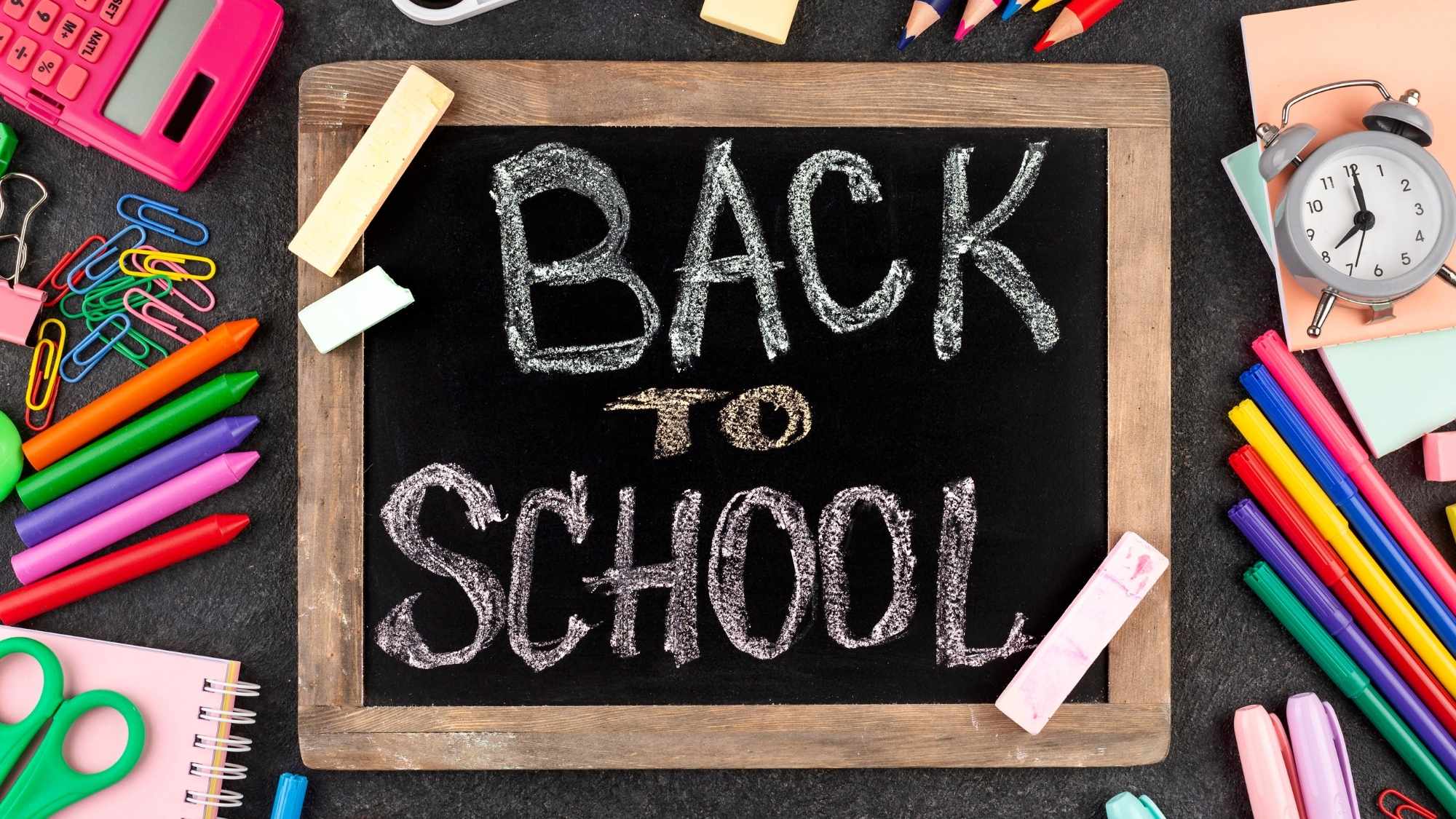
Back-to-school season 2026: June/July through early September
With shopping now starting as early as May or June. Peak shopping occurs in July, when 67% of shoppers have already started according to the National Retail Federation. Major retailers launch promotions after July 4th, with state tax-free weekends typically in late July or early August. Most schools start after Labor Day (September 1, 2026 in 2026). This is the second-largest retail season after winter holidays, with expected spending of $40-45 billion for K-12 supplies.
Back-to-college season
Overlaps with back-to-school but extends through late August, with college move-in typically mid-to-late August. Expected spending reaches $88-90 billion for electronics, dorm/apartment furnishings, clothing, and food items.
Summer shopping period
Runs from Memorial Day (May 25) through Labor Day (September 7), encompassing Father’s Day (June 21), July 4th Independence Day sales (Saturday, July 4), and Amazon Prime Day in mid-July.
Q4 holiday shopping season
This spans November 1 through December 31, 2026, including Singles’ Day (November 11), Small Business Saturday (November 28), Black Friday (November 27), Cyber Monday (November 30), Giving Tuesday (December 1), Green Monday (December 14), National Free Shipping Day (typically mid-December), Super Saturday (December 19), Christmas (December 25), Boxing Day (December 26), and post-Christmas clearance sales (December 26-31).
Amazon Spring Sale
This is predicted for late March 2026 (likely March 23-30 based on 2025 timing of March 24-30). This relatively new event started in 2024 and is open to all shoppers, not just Prime members.
Small Business Saturday
This falls on Saturday, November 28, 2026 (the Saturday after Thanksgiving), supporting small and local businesses with growing ecommerce participation. Giving Tuesday follows on Tuesday, December 1, 2026, focused on charitable giving and social good.
Market size projections and consumer trends for 2026

Global ecommerce sales will reach $7.06 trillion in 2026 according to the most commonly cited forecasts from Oberlo and eMarketer, though some estimates range as high as $8.5 trillion. This represents 21.8% of total retail sales globally, up from 20.1% in 2024. The growth rate continues decelerating to 7.5% annually from 2023’s peak of 9.7% as the market matures.
The US ecommerce market specifically will reach $1.45 trillion in 2026 with 8.8% year-over-year growth, representing 16.7-17.2% of total US retail sales. The fastest-growing product categories include automotive (18.8% growth), food and beverage (16.3% growth), health/personal care/beauty (13.9% growth), and apparel (13.4% growth). Asia-Pacific dominates globally with 80% of B2B market share by 2026, while cross-border ecommerce will reach $4.82 trillion growing at 27% annually.
Mobile commerce dominates transaction volume

Mobile commerce will reach $2.52 trillion globally in 2025, growing to an estimated $3.4 trillion by 2027. Mobile now accounts for 60-73% of global ecommerce sales, making mobile optimization absolutely essential rather than optional. In the US specifically, mobile commerce will hit $768.28 billion in 2026, representing 40-44.2% of total US ecommerce sales with approximately 10% annual growth.
Mobile apps convert at 157% higher rates than mobile websites, with average order values of $102 versus $92 for mobile web. 73% of consumers prefer shopping on mobile apps rather than websites, and 79% of mobile users made online purchases in the last six months using mobile devices. South Korea leads globally with 77% of ecommerce sales via mobile devices by 2026.
Mobile wallet adoption is exploding, with over 54% of online payment transactions worldwide using mobile wallets by 2026. Digital wallets will handle 49% of global ecommerce sales, with 80% of smartphone users expected to use mobile payments. The global digital wallet market will reach $12.1-16 trillion by 2026-2028, up from $7.5 trillion in 2022.
Social commerce becomes mainstream sales channel

US social commerce will reach $100.99 billion in 2026 with 18% year-over-year growth, representing 7.2% of all US ecommerce sales. Globally, over 17% of all online sales occur through social platforms, with the global market reaching $2.9 trillion by 2026 and projected to hit $6 trillion by 2030.
TikTok Shop leads the revolution with 45.5% of US TikTok users expected to buy through the app in 2025, reaching 39.5 million TikTok buyers in the US alone by 2026. Among Gen Z consumers, 43% start product searches on TikTok—beating both Google and Amazon. Instagram Shopping and Facebook Shops continue expanding, while Meta’s social commerce revenue reached an estimated $94 billion in 2024.
Start at Home. Scale From Our Warehouse.
From 100 orders to 100,000 orders per month. Let us take care of the fulfillment, so you can focus on scaling your brand.
Livestream shopping explodes to $50 billion in the US in 2023, projected to reach $68 billion by 2026 with 36% growth, accounting for over 5% of North American ecommerce. China’s livestream market demonstrates the massive potential at $682.5 billion in 2023, projected to reach $1.11 trillion by 2026. Livestream shopping achieves conversion rates up to 30%—ten times higher than traditional ecommerce.
Creator commerce reshapes the landscape as 39% of shoppers made purchases based on influencer recommendations (up from 21% the previous year), while 65% of consumers have purchased creator-founded products. Among 16-24 year olds, an astounding 91% have purchased from creators. The influencer marketing industry doubled from $12 billion in 2019 to $24 billion in 2024.
Omnichannel retail becomes essential infrastructure
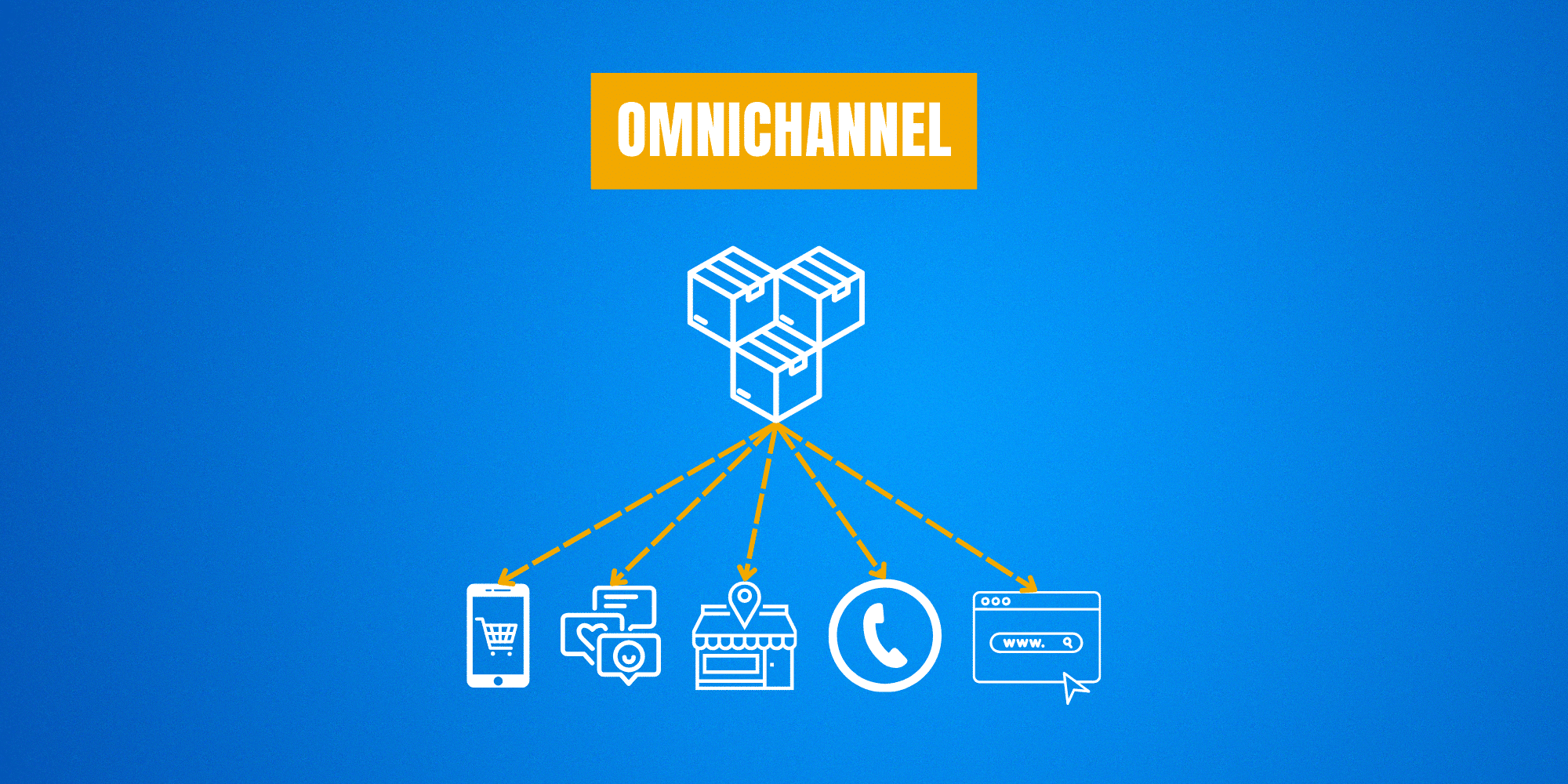
Omnichannel customers spend 30% more than single-channel shoppers, driving brands to invest heavily in unified experiences. 71% of consumers expect brands to offer visibility across both online and in-store inventory, while 80% use multiple channels to complete a purchase. Brands with strong omnichannel strategies see 9.5% increases in annual revenue compared to just 3.4% for weak strategies.
Buy Online, Pick Up In Store (BOPIS) will exceed $131 billion in 2026 in the US, growing approximately 10% annually. 50% of consumers prefer the BOPIS option, and 93% prefer picking up packages from physical shops if it means receiving items sooner or paying less. Critically, 47% of BOPIS customers make additional in-store purchases during pickup, driving significant incremental revenue.
Over 50% of American retailers now offer BOPIS, with 80% planning implementation by 2025. The model requires seamless inventory management across channels, real-time stock visibility, mobile-optimized ordering systems, dedicated in-store pickup areas, and integration with payment and order management systems.
Consumer behavior shifts toward value and authenticity
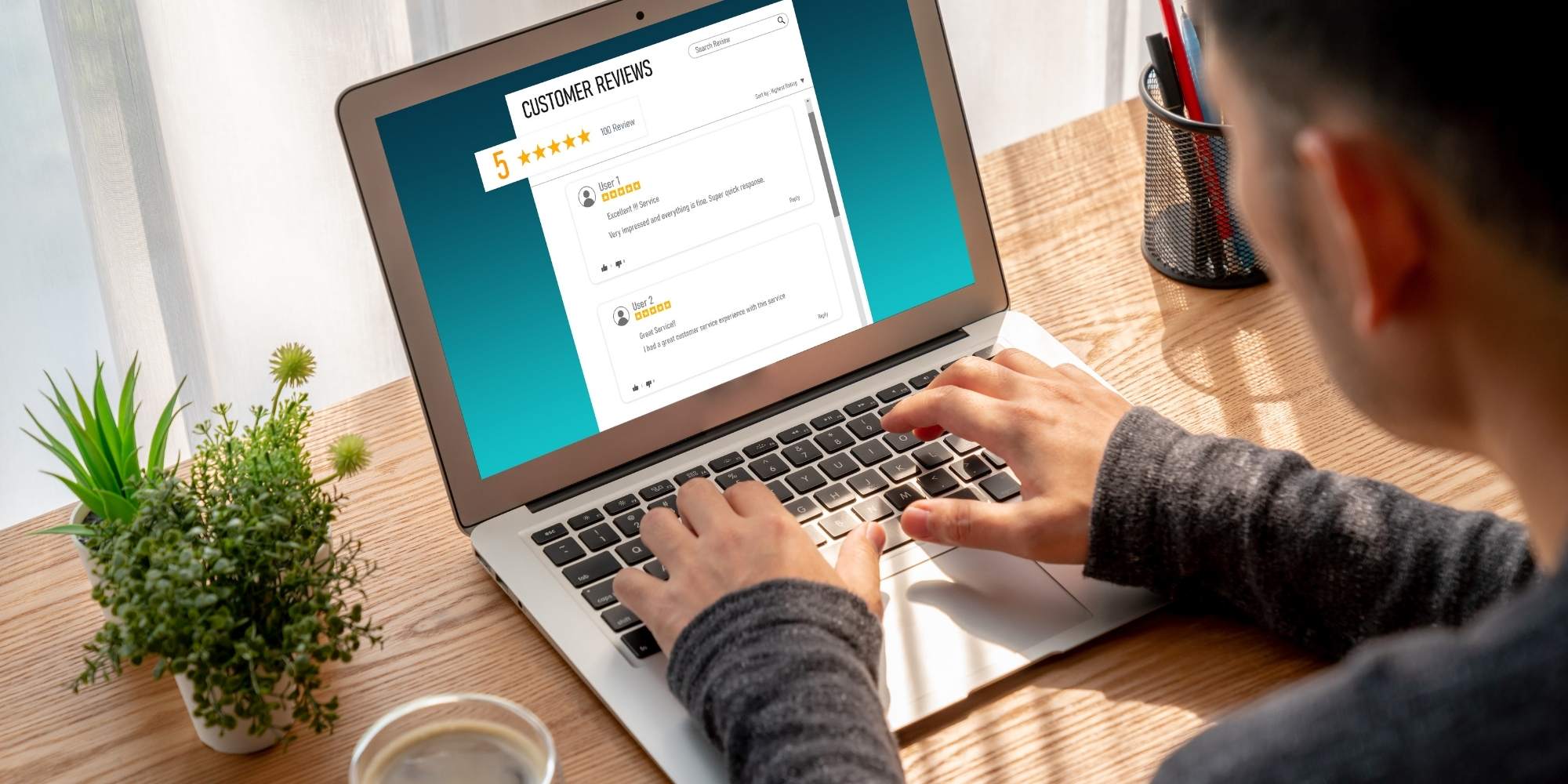
Economic pressures reshape purchasing decisions as 57% of consumers actively seek best deals (a 23% increase from the previous year), while over one-third trade down in certain categories while splurging in others. 78% of shoppers carefully evaluate which product attributes matter most, and three in four consumers trade down to cheaper brands due to inflation.
“Good value for money” emerges as the #1 factor driving customer choice. However, 65% remain willing to pay extra for two-hour delivery despite economic pressure, showing selective willingness to spend on valued services. Income creates divergence: 65% of high-income consumers maintain or increase spending versus only 48% of low-income consumers.
Buy Now Pay Later (BNPL) adoption jumped from 33% in early 2023 to 50% by 2024—a 36% increase. BNPL now finances 6% of ecommerce in 2024 (up from 2% in 2020), projected to expand by $450 billion by 2026. The payment method extends beyond big-ticket items into clothing, electronics, and even groceries.
Gen Z becomes the pivotal demographic as they’re projected to become the largest and wealthiest generation in history. 60% make purchase decisions based on influencer recommendations, 60% will pay a premium for sustainable products, 42% will buy holiday gifts through social media (versus 20% overall average), and 74% prefer shopping on mobile devices. Most notably, 43% of Gen Z start product searches on TikTok rather than Google or Amazon.
Sustainability drives purchasing as 70% of consumers will pay a premium for ethically sourced or sustainably produced products, with 78% considering sustainability at least somewhat important when choosing products or retailers. 69% prefer brands committed to socially conscious causes, while 60% gravitate toward brands prioritizing diversity and inclusivity. Carbon-neutral shipping and eco-friendly packaging become key differentiators rather than nice-to-have features.
Technology innovations reshaping ecommerce in 2026
AI-powered personalization moves from competitive advantage to survival requirement as the AI-enabled ecommerce market reaches $17.1 billion by 2030, up from $8.65 billion in 2025. Organizations adopting AI strategies generate 10-12% extra revenue, with personalization alone delivering 40% revenue increases. 91% of consumers are more likely to shop with brands offering personalized recommendations.

Artificial intelligence transforms customer experiences
Hyper-personalization
now dynamically adjusts entire customer journeys—homepage content, navigation flow, product visibility, bundling, and pricing—based on user behavior and contextual signals. This goes far beyond basic product recommendations to create unique experiences for each visitor.
Agentic AI
emerges as the biggest trend: autonomous digital assistants using large language models, natural language processing, and machine learning to not only carry out tasks but reason and learn to optimize processes without constant manual intervention. 33% of ecommerce enterprises will include agentic AI by 2028, up from less than 1% today.
AI-powered chatbots
These currently handle 70% of online customer conversations in the $5.92 trillion conversational commerce sector. These chatbots now handle complex queries 24/7, share product recommendations based on retargeting campaigns, provide real-time package tracking, and engage customers across entire sites. 56% of brands are more likely to invest in AI-powered automation in 2026 than 2024.
AI-driven inventory and pricing
This enables demand forecasting that analyzes historical sales data, current market trends, and social listening insights to generate accurate predictions for seasonal shifts and one-off events. AI adopters see 15% improvement in logistics costs, 35% reduction in inventory levels, and 65% improvement in service levels. Dynamic pricing adjusts in real-time based on demand, competitor pricing, and customer behavior patterns.
Fraud detection
This is powered by AI is expected to save businesses $11 billion annually by detecting and preventing fraud before it happens, providing critical protection as transaction volumes grow.
Payment innovations create seamless checkout
Buy Now Pay Later (BNPL) accounted for 5% of global ecommerce transaction volume in 2022, projected to grow at 16% CAGR to exceed $437-500 billion by 2026-2027. B2B BNPL specifically will reach nearly $500 billion in transactions by 2026, driven by embedded credit underwriting at checkout.
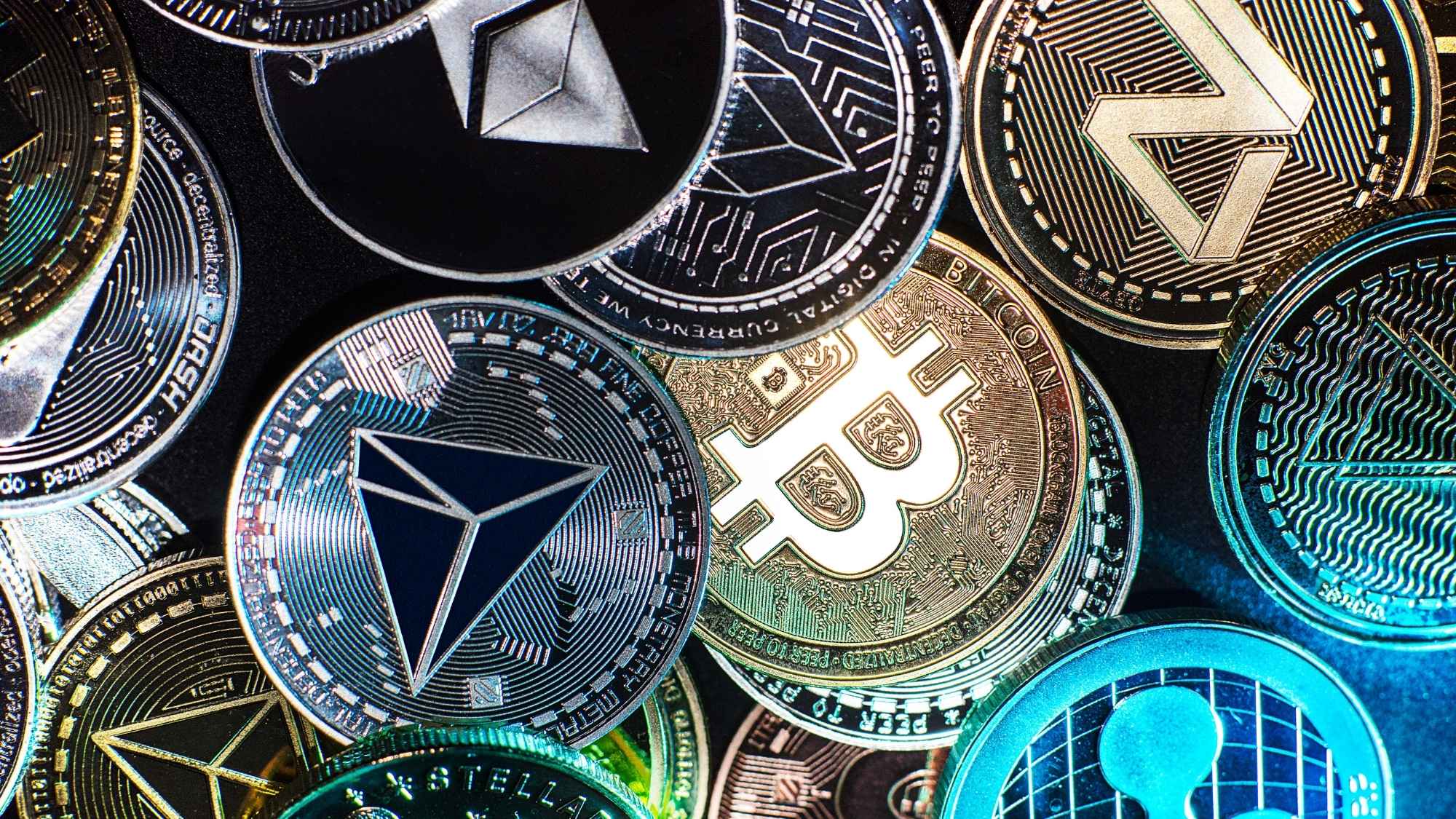
Digital wallets dominate
With over 50% of online transactions globally leveraging digital wallets. The global digital wallet market surpassed $7.5 trillion in 2022, projected to reach $12.1-16 trillion by 2026-2028. 60% of the global population will use e-wallets in 2026, with global mobile wallet users exceeding 5.2 billion (up from 3.4 billion in 2022). Nearly 25% of the US population will use Apple Pay by 2026.
Cryptocurrency integration
Advances as major corporations including Microsoft, Overstock, and AT&T accept Bitcoin. Bitcoin’s market cap reached $1.33 trillion, representing 52.72% of the total crypto market. Regulatory support grows particularly in Switzerland and Japan, enabling broader merchant adoption.
One-click checkout innovations
Integrating Apple Pay, Klarna, Google Pay, and Shop Pay for one-tap checkout is significantly reducing cart abandonment from its 70% average rate. 22% of US shoppers cite complicated checkout as a reason for not purchasing, making streamlined checkout critical.
Biometric payments
Biometric payements row rapidly as the global authentication market reaches $8.8 billion by 2026, with banking and financial institutions becoming the most valuable end users at over $2 billion. 73% of consumers feel comfortable making Tap on Mobile payments by tapping cards or phones onto merchant devices.
Warehouse automation and fulfillment technology
The global warehouse automation market will reach $30 billion by 2026 with 14% annual growth, while warehouse robotics specifically hit $9.1-9.7 billion with the same growth rate. Automated systems can reduce warehouse labor costs by 65% and logistics-related spatial use by 60%, with order accuracy improving significantly.
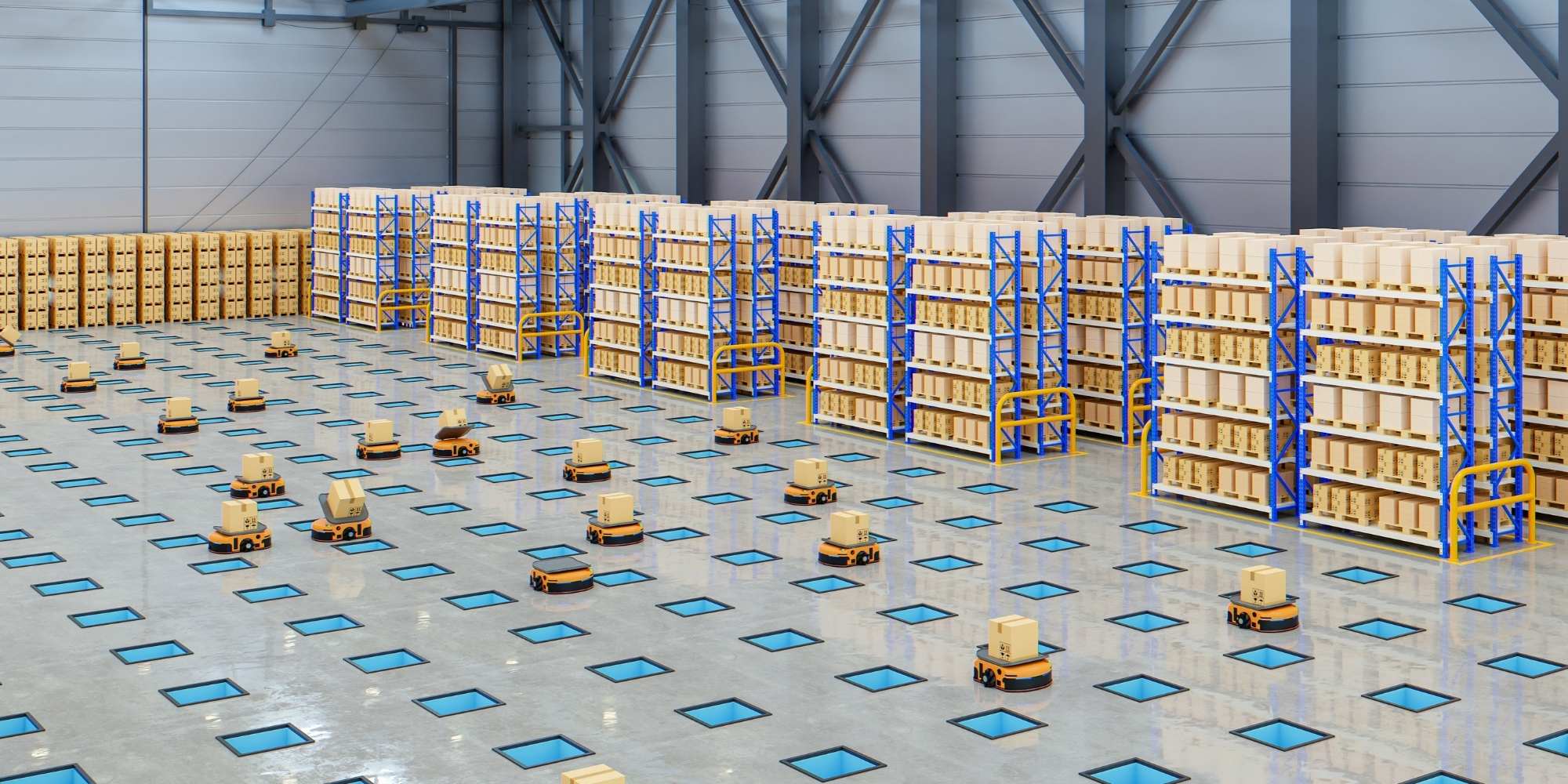
Autonomous Mobile Robots (AMRs)
Autonomous Mobile Robots (AMRs) and Automated Guided Vehicles (AGVs) will cross $5 billion by 2026 growing at 32% annually, capturing 18% market share of overall warehouse automation. These systems provide 2-3x boost in units picked per hour, 50% reduction in walking, and 50% reduction in order cycle time within months. Deployment occurs in weeks rather than months, scales based on demand, and doesn’t require extensive facility retrofits.
Capital expenditure remains under $10 million with ROI often achieved in under one year. Leading players include Geek+, Grey Orange, HikRobot, Locus Robotics, Fetch Robotics, Shopify (6 River Systems), Teradyne (MiR, AutoGuide Mobile Robots), and Quicktron.
Robots-as-a-Service (RaaS)
Robots-as-a-Service (RaaS) emerges as a flexible, scalable business model ranging from $0.06-0.10 per pick for picking robots to $711+ per month for AMRs. Service revenue is expected to reach approximately $7 billion by 2026 with 15-20% operating margins versus 3-5% for new equipment.
Micro-fulfillment centers
Micro-fulfillment centers emerge as a major opportunity for the next 2-3 years, particularly for grocery and eGrocery applications. These smaller, localized facilities enable faster delivery times and reduced shipping costs for high-volume areas.
Drone delivery and autonomous vehicles approach viability
The delivery drones market reached $1.08 billion in 2025, forecasted to hit $4.40 billion by 2030 with 32.44% annual growth. The autonomous drone delivery market at $325 million in 2023 will reach $3.03 billion by 2033 with 25% growth. The broader commercial drone market will reach $58.4 billion by 2026.
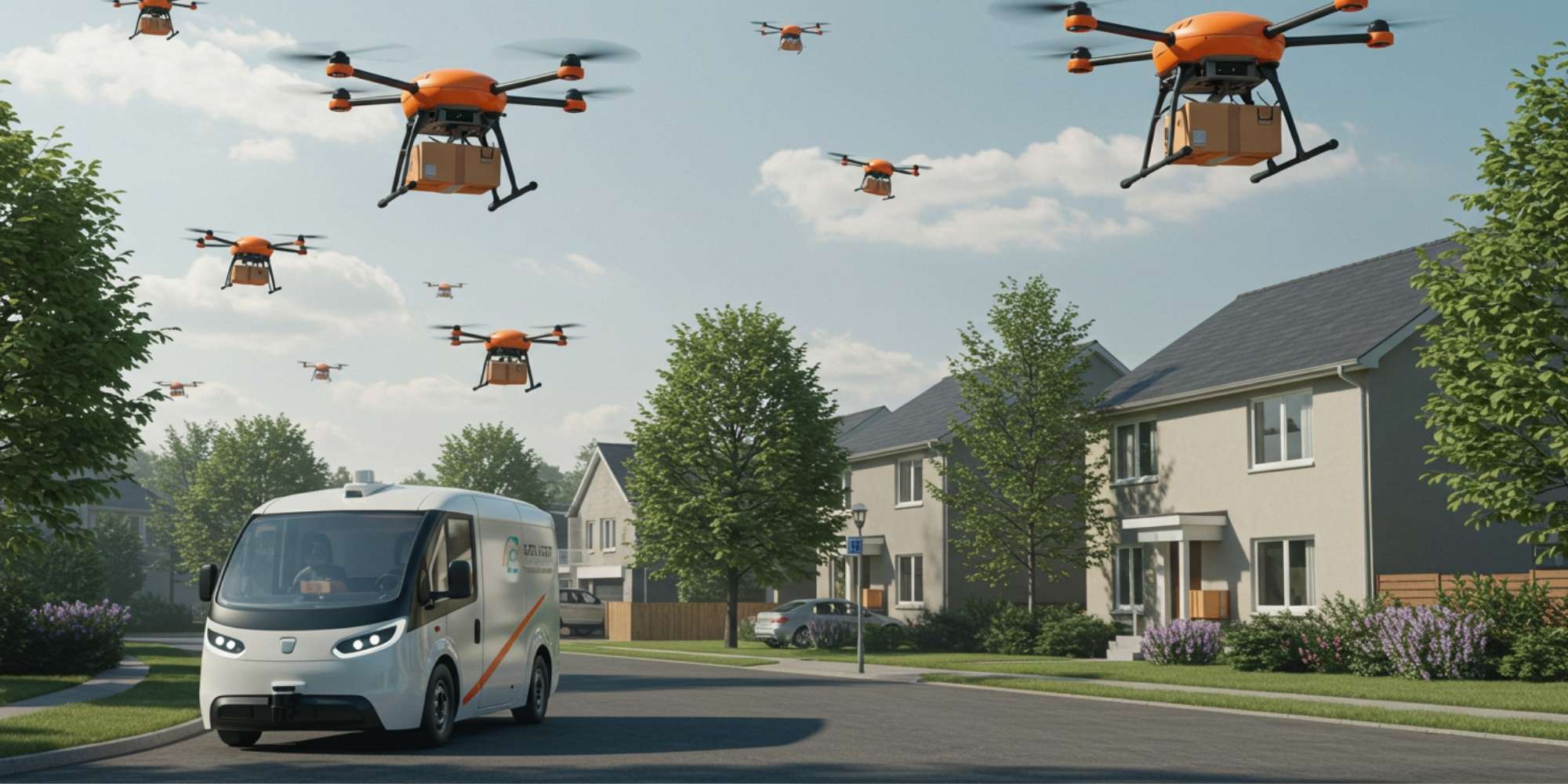
Zipline
Zipline operates the world’s largest autonomous delivery system, surpassing 100 million commercial autonomous miles with 1.4 million deliveries as of March 2025. Partnership with Walmart in Dallas-Fort Worth uses Platform 2 drones specializing in medical deliveries and long-range, high-capacity operations.
Wing (Alphabet/Google)
Wing (Alphabet/Google) achieved 450,000+ total deliveries, operating from 18 Walmart Dallas locations in 2025 with advanced machine learning and computer vision for real-time obstacle detection.
Amazon Prime Air
Amazon Prime Air aims to offer drone delivery to millions of customers by 2026 after flying billions of autonomous miles. The goal is widespread commercial adoption with millions of deliveries and streamlined regulatory frameworks.
Drones provide 40-70% lower operating costs than traditional vehicle delivery services, produce zero emissions with 84% lower greenhouse gas emissions per parcel than diesel trucks, and use 94% less energy per parcel than trucks. Small autonomous delivery vehicles complement drones, operating on sidewalks and streets to transport packages from distribution centers to customers’ doors, navigating urban environments 24/7 while reducing traffic congestion.
Augmented and virtual reality enable immersive shopping
AR/VR device shipments will increase from 14.3 million in 2022 to 87.7 million in 2026—a sixfold increase. The VR market will generate $20.8 billion by 2027, while the AR market reaches $31.3 billion by 2027. VR headset shipments will grow from 10 million units in 2021 to 35 million units in 2026.
By 2026, 25% of people will spend at least one hour per day in the metaverse for work, shopping, and entertainment. The Consumer Metaverse Market valued at $178.9 billion in 2024 will reach $2.27 trillion by 2034 with 34.8% annual growth. Over 600 million global active users exist by 2024, with India projected to reach 442 million metaverse users by 2030.
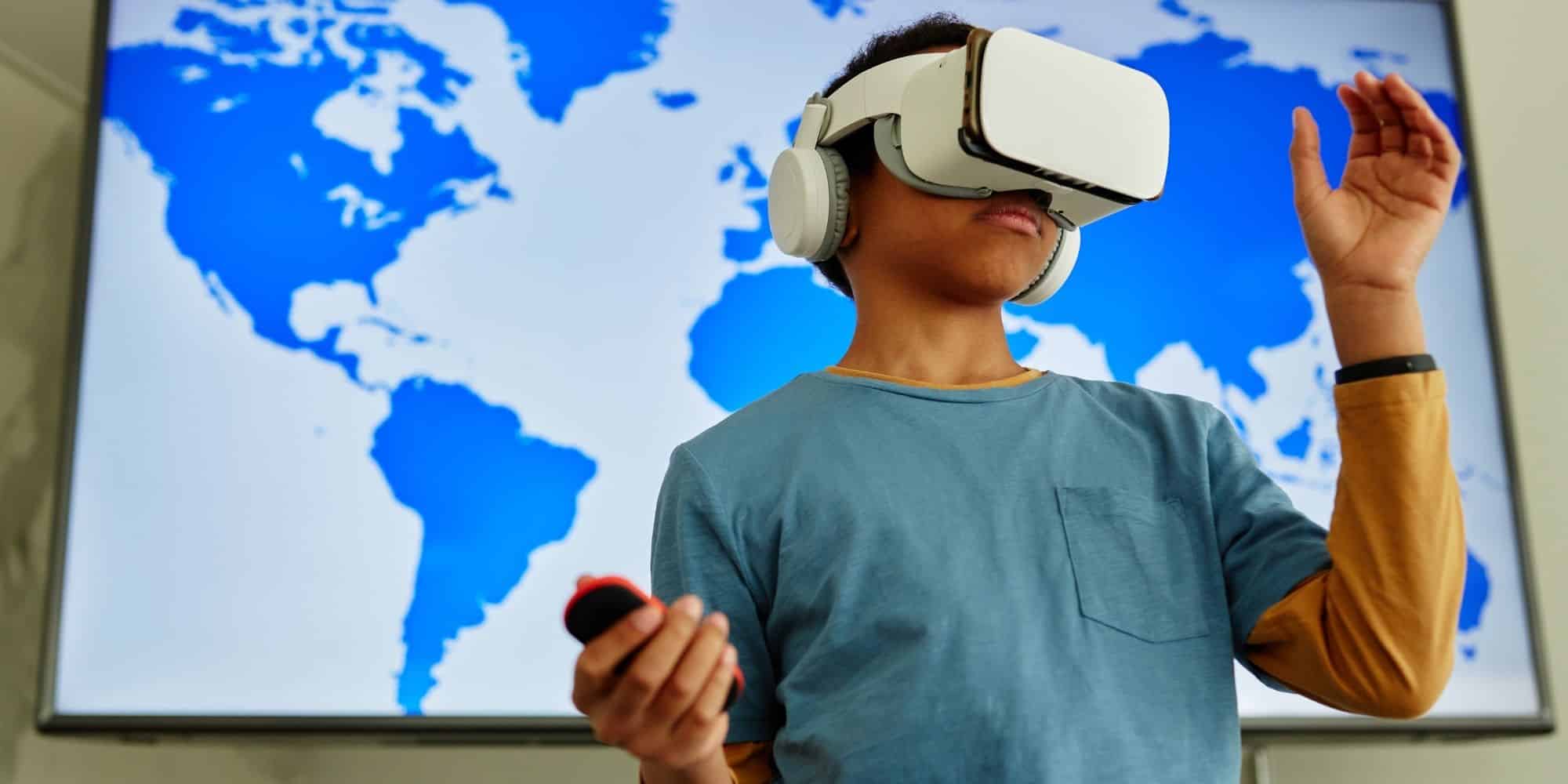
Virtual try-on technology
Virtual try-on technology for eyewear, makeup, clothing, and accessories reduces return rates and increases conversion confidence by removing purchase hesitation. AR advertisements generate 94% higher conversion rates compared to ads without AR or 3D content. Extended time with virtual try-ons signals high purchase intent, enabling retailers to trigger personalized offers and inventory alerts.
3D product visualization
3D product visualization for furniture, home decor, and lifestyle products allows customers to examine items from multiple angles and understand scale and detail impossible through static images. IKEA Place exemplifies the technology, allowing users to visualize how furniture fits in their actual space before purchasing.
Virtual stores
Virtual stores created by brands like Bloomingdale’s, Gucci, and Vans enable shoppers to browse products, interact with digital representations, and make purchases entirely in virtual environments. 33% of users have already purchased physical products in the metaverse, with shopping expected to see a 400% increase in customer engagement by 2025.
Sustainability becomes operational imperative
66-78% of consumers will pay more for sustainable products, with 75% of Gen Z shoppers considering sustainability more important than brand name. Google searches for “sustainable products” increased 71% year-over-year. 46% of consumers believe a retail brand’s sustainability record is an important deciding factor, while 55% will pay more for eco-friendly options.
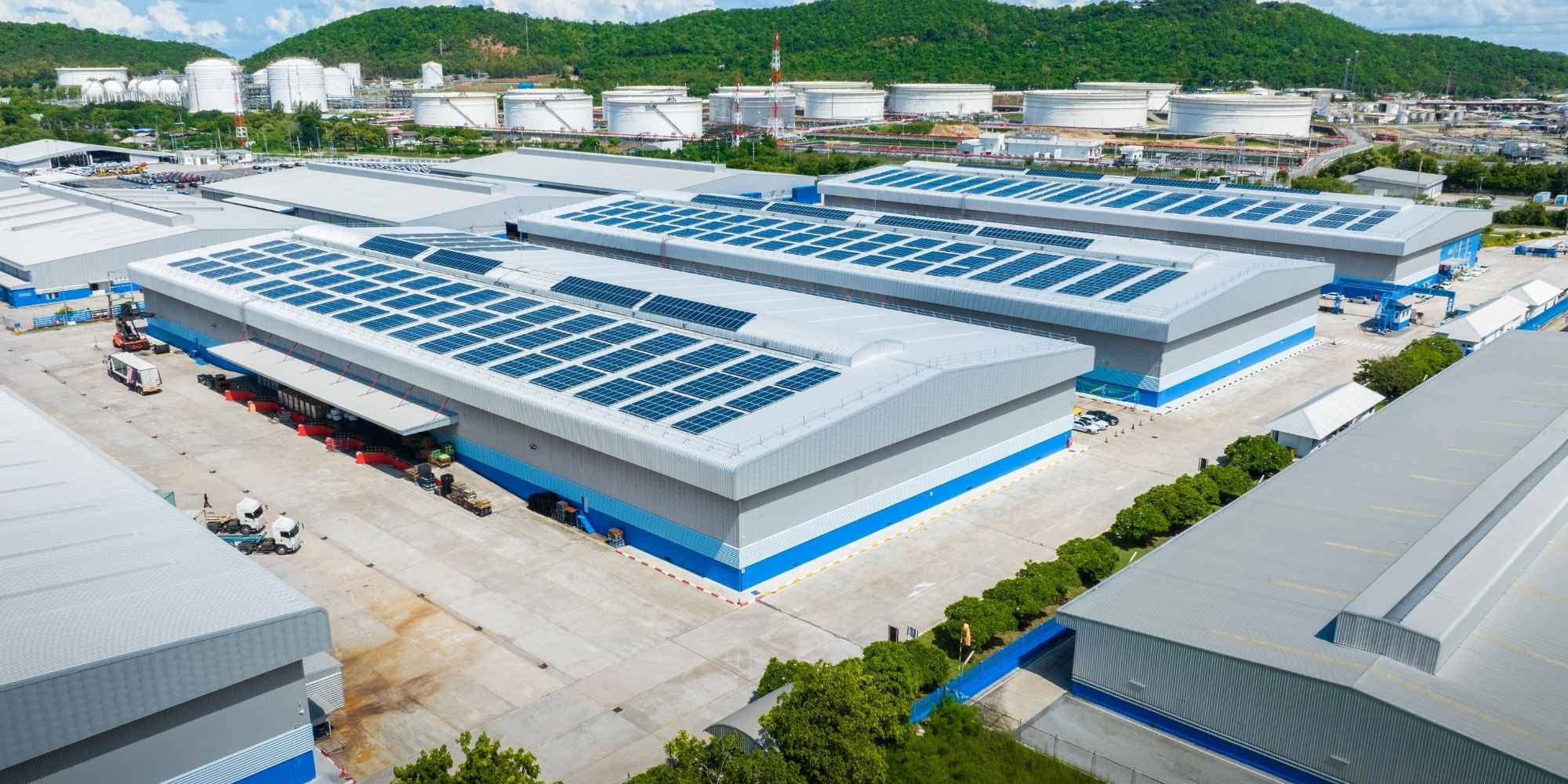
Carbon-neutral shipping
Carbon-neutral shipping gains traction as companies invest in carbon offset programs to neutralize environmental impact. Many retailers now offer customers the option to choose carbon-neutral shipping at checkout for a small fee, with partnerships enabling logistics providers to offer these options.
Sustainable packaging
Sustainable packaging shifts from non-recyclable materials to biodegradable, recyclable, or compostable options made from recycled content. 85% of single-use plastic packaging ends up in landfills, driving urgency for alternatives like biodegradable plastics, recycled cardboard, mushroom packaging, and seaweed-based materials.
Circular economy and resale commerce
Circular economy and resale commerce expand through product buyback programs where merchants offer buyback upon purchase, with returned products refurbished and resold or recycled to extend product lifetime value. The global ecommerce subscription market will reach $904.28 billion by 2026. 74% of consumers prefer to use products instead of owning them, showing a fundamental shift toward circular models. IKEA committed to becoming fully circular by 2030 through product buyback, resale, and producing furniture from waste materials or sold products.
Green logistics
Green logistics optimizes supply chains through AI and predictive analytics, reducing overstock and waste while decreasing carbon footprint through optimized routing. Consumers want to see carbon footprint data directly on product pages rather than hidden in separate policy sections.
Voice commerce and IoT integration

Voice commerce will increase by $55.68 billion between 2021 and 2026 with 24.34% annual growth. Voice shopping spend will reach $60-82 billion by 2024-2025, with US voice assistant users reaching 157 million by 2026. Nearly 50% of US consumers have used voice search for shopping, while voice-driven sales are expected to hit 30% of total ecommerce by 2030.
Customers use Alexa to reorder household essentials, ask Google Assistant for product comparisons, and request Siri to add items to shopping lists, completing transactions from product discovery through payment using natural language interactions. Amazon Echo, Google Nest, and Apple HomePod enable voice-based purchasing, while connected cars allow voice-activated ordering while driving for pizza, drive-thru payments, and fuel payments.
IoT and smart home integration enables automated replenishment as smart fridges detect when supplies like milk are low and suggest orders through voice assistants. Smart appliances, washing machines, and smart displays make purchases automatically or via voice commands. Connected car shipments will grow 72% from 48 million in 2018 to 83 million by 2020, with 98% of new cars connected to the internet by 2020. This integration blurs lines between traditional ecommerce and automated replenishment for enhanced convenience.
Strategic best practices for ecommerce sellers in 2026
Poor inventory management causes businesses to lose up to 11% of annual revenue, while 69% of online shoppers abandon purchases if items are out of stock. Companies with optimized inventory management see 30% improvement in order fulfillment rates, making inventory excellence a fundamental requirement rather than competitive advantage.
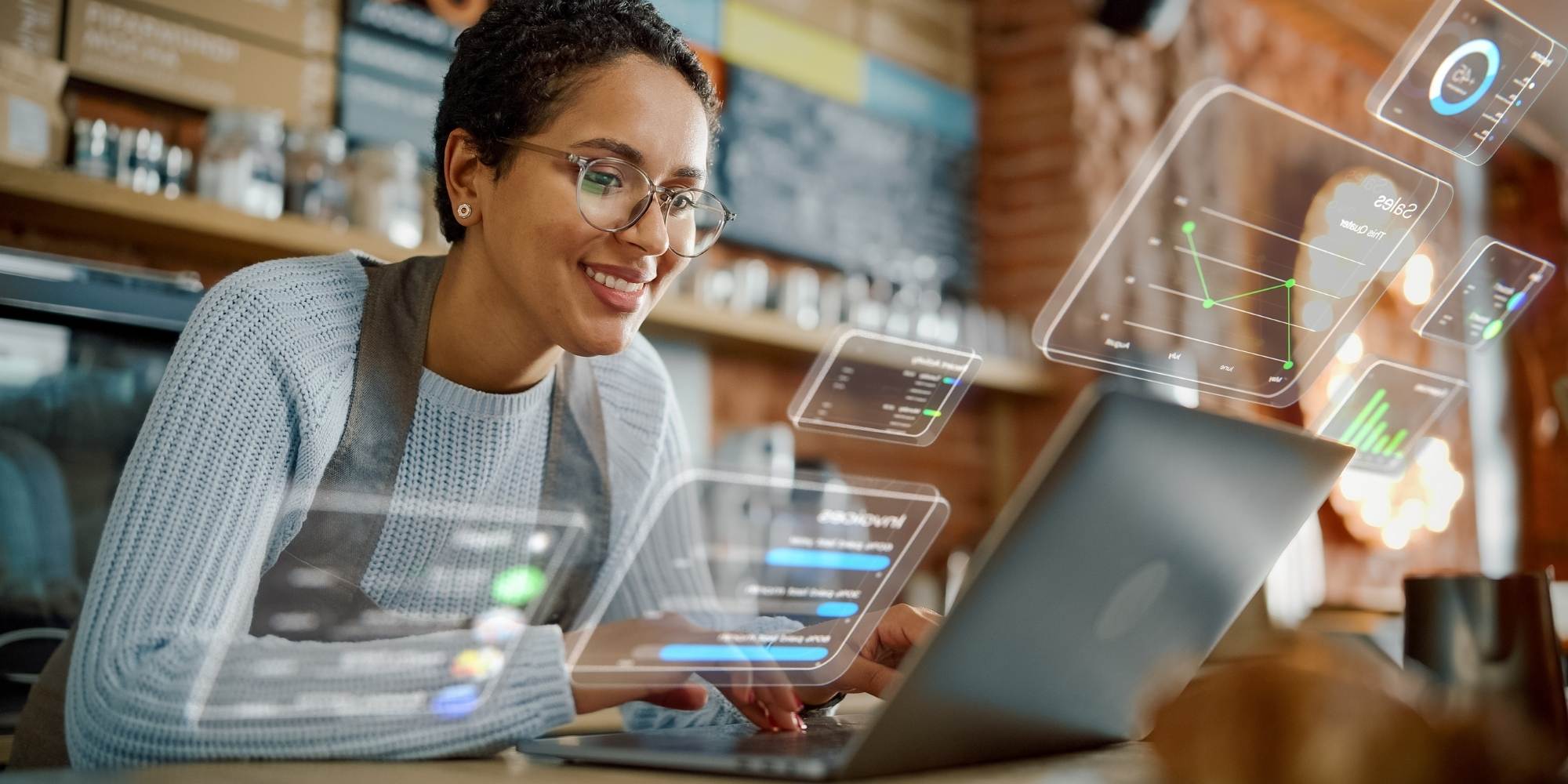
Inventory management requires AI-powered optimization
AI-powered predictive analytics
AI-powered predictive analytics will see 30% growth adoption in AI-driven inventory management systems by 2026, delivering 10-15% reduction in overall inventory levels and 9% revenue increase through proper demand forecasting. Implementation requires using AI/ML to monitor shopping trends and customer locations for accurate forecasting and automated inventory distribution positioning.
Real-time inventory tracking
Real-time inventory tracking becomes essential as 67% of businesses plan implementation by 2025. Automated inventory tools reduce stockouts by 30% and improve stock accuracy by 35%. Leading brands maintain inventory turnover ratios of 8 or higher through optimized systems.
Balanced just-in-time strategies
Balanced just-in-time strategies recognize post-pandemic realities where supply chains remain vulnerable to disruptions. The strategic shift moves from pure just-in-time to “just-in-case” with optimization, focusing on predictive insights to reduce waste while maintaining adequate safety stock.
Micro-fulfillment strategies
Micro-fulfillment strategies scale based on order volume: businesses with under 150 orders/day should stay with 3PL partners; 150-500 orders/day should test dark stores or micro-fulfillment; over 500 orders/day should add robotics (AMRs) and pick-to-light systems. Stock top 100 SKUs locally for same-day and next-day delivery.
Multi-channel inventory coordination
Multi-channel inventory coordination requires centralized control as 75% of consumers expect consistent online shopping experiences regardless of platform. Unified data capability across touchpoints separates 2026 winners from followers. Synchronize inventory across websites, Amazon, eBay, Shopify, physical stores, and wholesale with real-time updates to prevent overselling—a cardinal sin that costs customer trust.
Inventory distortion costs ecommerce brands $818 billion annually (56% from stockouts, 44% from overstock). Online stores face 8% out-of-stock rates while holding 20-30% excess merchandise. Proper management saves fulfillment costs which comprise 20% of overall inventory expenses.
Customer experience priorities center on personalization
AI-driven hyper-personalization requires immediate investment as 56% of brands are more likely to invest in AI-powered automation in 2026 than 2024. Dynamic adjustment of entire user journeys—homepage content, navigation, product visibility, bundling, and pricing—based on behavior becomes table stakes. Personalized email bodies achieve 30.26% open rates versus 26.55% for generic messages.
Implementation tactics include using first-party data for advanced segmentation, behavior-based targeting distinguishing price-conscious from impulsive shoppers, AI product suggestions that fix typos and boost best matches, “often bought together” bundles tailored to each shopper, and friendly reorder nudges to repeat buyers.

Augmented reality (AR) experiences
Augmented reality (AR) experiences become essential for categories where size, placement, and visual compatibility matter—furniture, home goods, and fashion. Benefits include increased purchase confidence, reduced returns, and improved engagement. Virtual try-ons for eyewear, makeup, and clothing reduce return rates significantly, while space visualizers for furniture and home goods allow customers to preview items in their environment. The VR/AR market will grow at 37.9% CAGR from 2025 to 2030.
Omnichannel support excellence
Omnichannel support excellence requires email as the fastest-growing customer support channel, while 81% of consumers prefer to self-manage purchases through specialized portals. Add chat that guides choices, checks stocks, and routes to humans for complex issues. 93% of consumers are more likely to make repeat purchases at companies with excellent customer service, while 95% say customer service influences brand loyalty.
Speed requirements dictate that customers won’t wait days for responses. Implement AI helpdesks for quick answers with human escalation, use automated workflows for common inquiries, and provide live chat functionality for real-time guidance.
Post-purchase experience
Post-purchase experience drives retention through confirmation emails that provide order updates and product usage tips, personalized education content to increase satisfaction, and order tracking with real-time updates via email, text, or app. 50% of customers who leave negative reviews cite refund/return challenges as the reason. Building customer loyalty equals higher priority for stable revenue, as the likelihood of a
Shipping and fulfillment strategies evolve rapidly
Same-day and next-day delivery shift from premium services to customer expectations. Hyperlocal fulfillment becomes standard for urban and high-volume retailers, exemplified by “Order within 30 minutes for delivery by 6 PM” promises with inventory routed from local distribution points. Amazon is investing $4 billion through 2026 to expand rural delivery networks.
Performance benchmarks show only 86% of orders delivered on time on average, with 63% of retailers reporting at least 1 in 10 orders delivered late. On-time delivery becomes a bigger challenge during peak shopping periods. Retailers outsourcing to 3PLs see 29% improvement in on-time delivery rates.
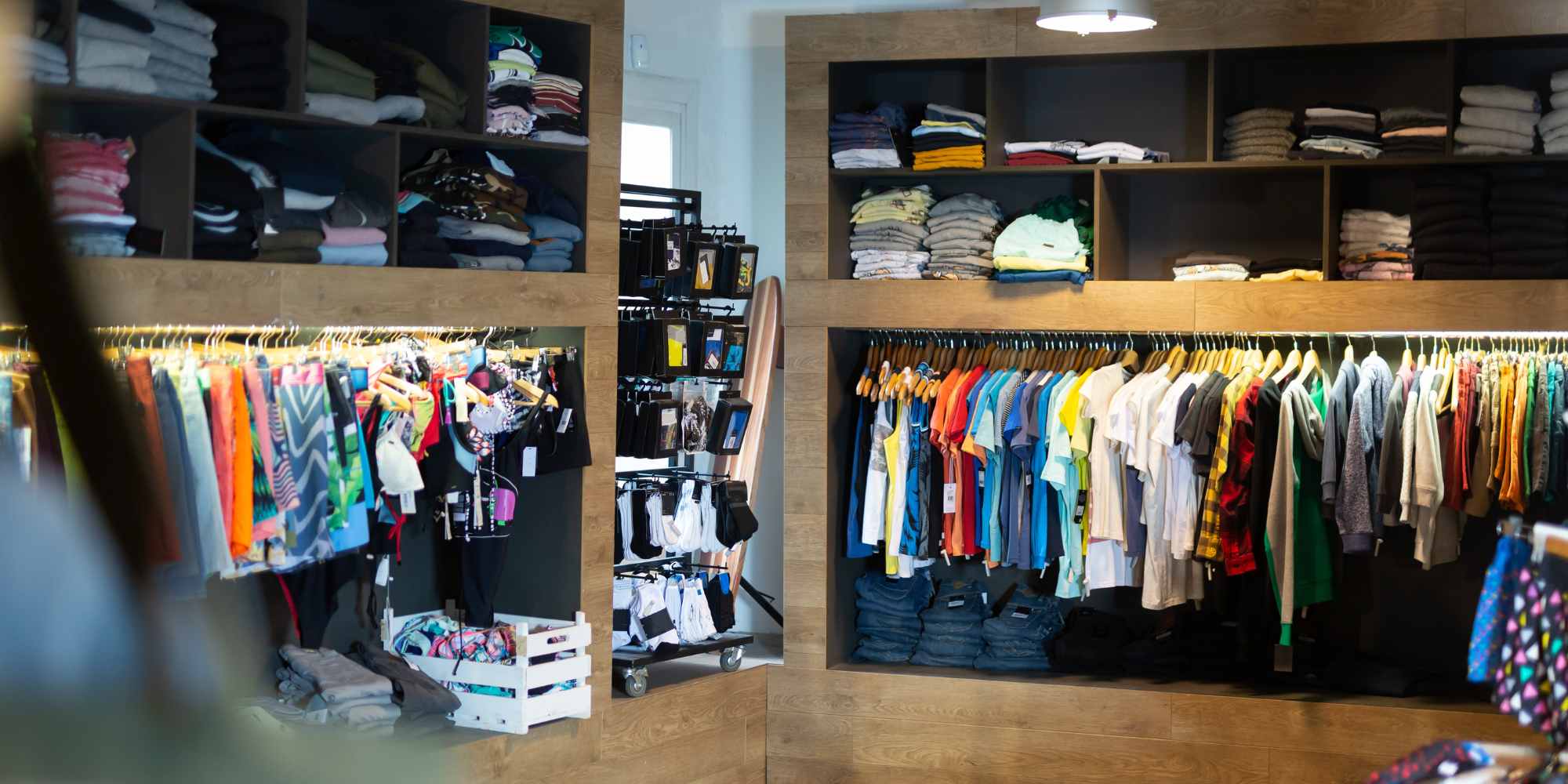
BOPIS (Buy Online, Pick Up In Store)
BOPIS (Buy Online, Pick Up In Store) gained momentum during the pandemic and is now a standard expectation. Benefits include no shipping fees and guaranteed product availability. Target’s Drive Up model exemplifies same-day pickup with curbside service, while 47% of BOPIS customers make additional in-store purchases during pickup and 67% who use BOPIS make extra purchases when collecting orders.
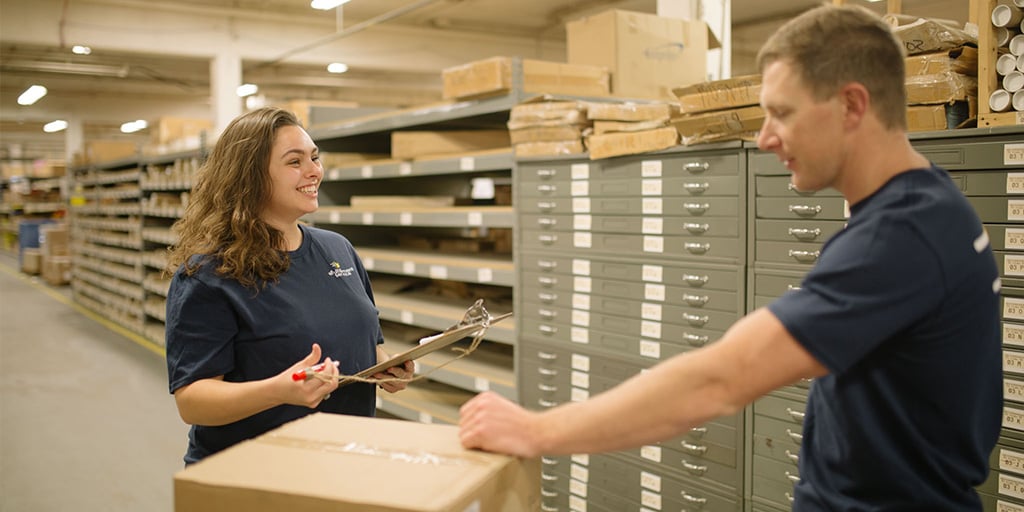
Outsourcing to 3PLs
Outsourcing to 3PLs delivers measurable benefits as two-thirds of ecommerce businesses managing fulfillment in-house plan to outsource, with 91% interested. Benefits include 29% improvement in on-time delivery, 28% reduction in cost per order, and nearly a one-day decrease in delivery time. Best-in-class 3PLs deliver even greater improvements.
Cost optimization strategies include routing orders from the closest stock location, implementing micro-warehousing for high-volume areas, using automated logistics for fulfillment promises, and tracking on-time delivery (OTD), first-attempt success, and cost per order as KPIs.
Sustainable delivery options
Sustainable delivery options meet consumer expectations as buyers prioritize ethical sourcing, low-impact packaging, and carbon-conscious logistics. Details must be accessible on product pages rather than hidden. 57% of customers are loyal to companies addressing societal inequities. Implementation examples include listing carbon footprint, fabric origin, and factory conditions on product pages; filtering by sustainability attributes; offering carbon-neutral shipping at checkout; using eco-friendly packaging materials (recycled, renewable, compostable); and partnering with recycling firms for items that can’t be resold.
International shipping solutions
International shipping solutions tap into cross-border markets projected to reach $2.0 trillion by 2034. Show DDP (Delivered Duty Paid) to avoid surprise fees and display landed cost upfront (item + shipping + tax + duties). For US/Canada businesses, use Canadian fulfillment centers to serve both markets and ship southbound to the US using Section 321 exemption (shipments under $800 USD duty-free), potentially saving up to 20% in duty and tariff costs.
Returns management innovations reduce costs and friction
Average ecommerce return rates reach 20-30% versus 8.9% for physical stores, with returns costing $33 to process a $50 item. Apparel and footwear return rates can reach 40%. 36% of shoppers cite difficulty with returns/refunds as reason for losing trust in brands.
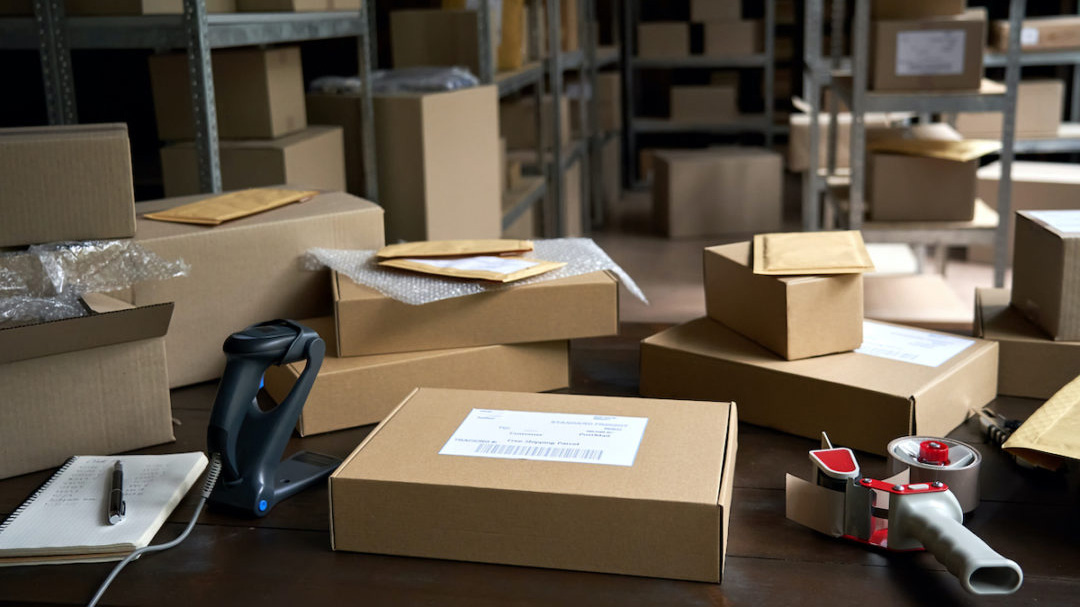
Prevention strategies using AR/VR
Prevention strategies using AR/VR reduce returns through virtual try-ons for fit-risk items (glasses, shoes, apparel), space visualizers for furniture and decor that reduce uncertainty, and 3D product previews that remove purchase hesitation. AR technology can reduce return rates by up to 50% for relevant categories.
Enhanced product information includes high-quality photos from multiple angles using original professional photography, detailed size guides and specifications, customer reviews with photos, video demonstrations showing products in use, and clear eligibility criteria for returns on product pages.

Automation delivers massive efficiency
Automation delivers massive efficiency with 50% reduction in returns processing time achievable and 50% increase in revenue retention by offering exchanges. Automated return acknowledgment and status updates, mobile-friendly returns portals for customer self-service, and elimination of manual email-based return initiation streamline the process.
Returns management workflows follow these steps: return initiation (customer submits request online, receives authorization), item shipment (customer ships using provided label), receiving and inspection (inspect condition and resale suitability), inventory update (real-time sync across systems), and customer resolution (refund, store credit, or exchange).
Returnless refunds
Returnless refunds offer strategic advantages by providing refunds without requiring physical returns for low-value items where the cost of return shipping plus processing often exceeds item value. This reduces reverse logistics costs significantly, improves customer satisfaction, speeds resolution, and protects margins while enhancing experience. Use for items under certain dollar thresholds, damaged/defective items where resale is impossible, subscription boxes with perishable items, and situations where return shipping costs are prohibitive.
Return policy best practices
Return policy best practices require clear communication with policies easily accessible (not buried in footers), including return windows (30/60/90 days), eligible items, and exchange options. State what items can be exchanged for (full refund, store credit, product exchange) with clear eligibility criteria.
Tiered approaches provide VIP/loyalty customers extended return windows and free return shipping, while new customers receive standard windows and may contribute to return shipping costs. Exchange-first models encourage exchanges over returns with discounts, delivering 50% increase in revenue retention potential while allowing customers to make additional purchases through returns portals.
Marketing strategies adapt to cookieless reality
First-party data strategies become critical as third-party cookies phase out across all major browsers by 2026. Safari and Firefox already blocked third-party cookies, while 85% of marketers are investing in first-party data regardless of Google Chrome maintaining cookies. Loss of behavioral targeting across the web requires fundamental new approaches.
First-party data sources include website and app behavioral data (page visits, video watches, link clicks, time spent, product views, searches, cart additions/abandonments), direct customer data (email addresses, phone numbers, purchase history, newsletter signups, form submissions, account registrations), transaction and loyalty data (purchase history and frequency, product preferences, category interests, loyalty program engagement, customer lifetime value metrics), and zero-party data (information customers intentionally share through preference centers, interactive quizzes, product recommendation surveys, communication preferences).
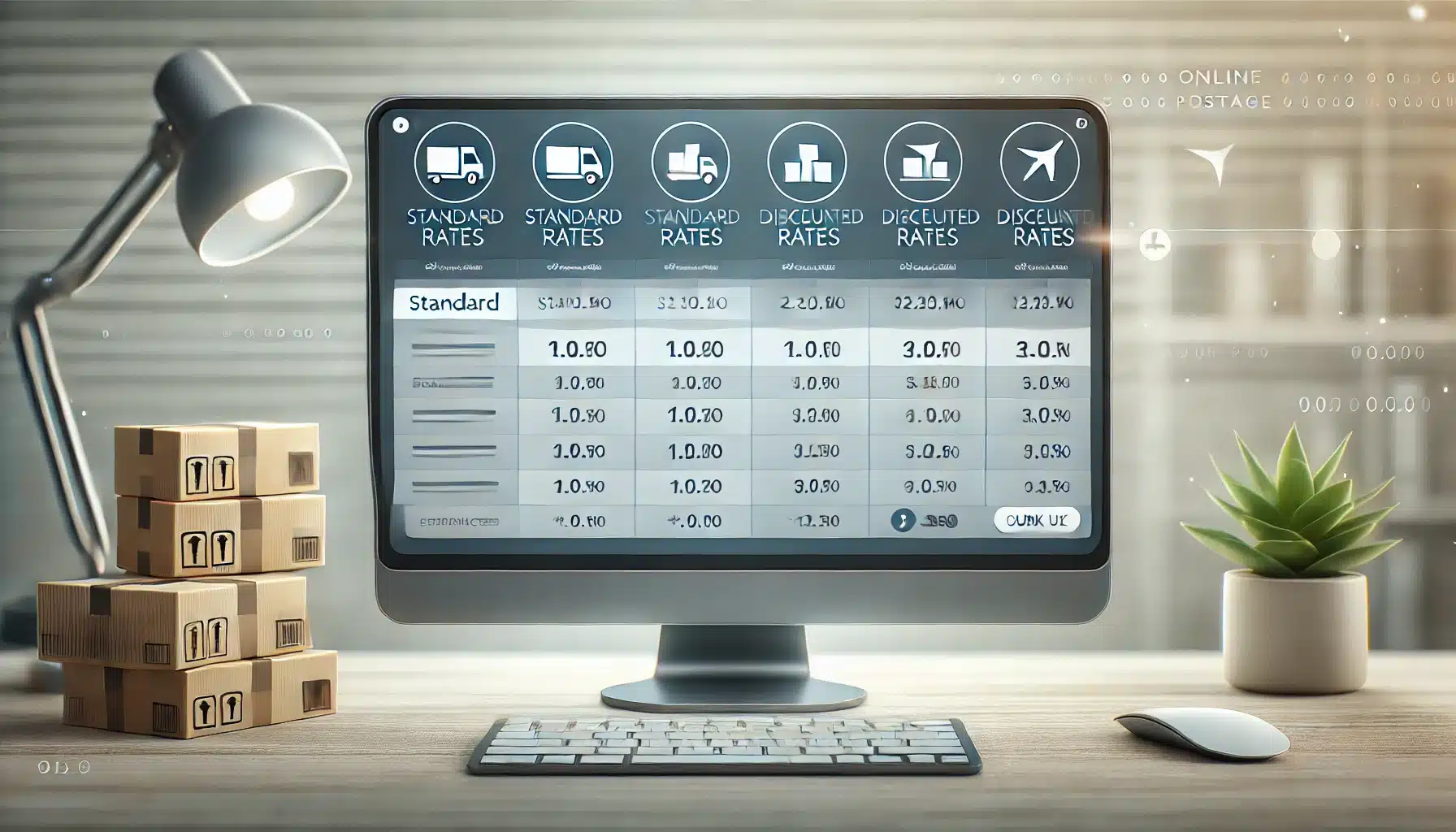
Customer Data Platforms (CDPs)
Customer Data Platforms (CDPs) provide unified customer views across all touchpoints, breaking down organizational and data silos with real-time customer profiles for activation and integration with all marketing tools and channels.
Form strategies scale by value exchange: newsletter signups (low value) require email plus name minimum; downloadable assets (medium value) add phone and company info; high-value content requests industry, job title, challenges faced, and preferences. Always proportion data requests to value provided.
Attribution without cookies
Attribution without cookies relies on deterministic cross-device tracking via login, probabilistic device fingerprinting for anonymous sessions, offline attribution integration (call tracking, store visits), and focus on first-touch and last-touch attribution models with multi-touch attribution through first-party data.

Influencer marketing evolution
Influencer marketing evolution features livestream shopping reaching $50 billion in the US in 2023, projected $68 billion by 2026. Amazon Live, TikTok Live, and similar platforms combine the convenience of online shopping with the personal touch of in-store experiences through real-time shopping events with live auctions.
Creator-led commerce sees influencers launching their own branded stores and turning followers directly into customers with authentic content replacing traditional advertising. 44% of consumers are purpose-driven, choosing brands aligned with values. Social commerce integration makes shoppable posts on Instagram, TikTok, and Facebook standard, with products sold directly through social platforms without leaving apps.
Content marketing and UGC (user-generated content)
Content marketing and UGC (user-generated content) drive engagement as reviews and customer photos make listings more relatable and authentic. 50% of online shoppers say images help decide what to buy. Display customer reviews prominently on product pages, encourage reviews through follow-up emails after purchase, offer incentives (discounts, loyalty points) for reviews, showcase reviews in email campaigns, share customer feedback on social media, and use reviews to reinforce brand value.
Content types include blog posts (minimum weekly, ideally 4x per week for 4x traffic increase), video tutorials and product demonstrations, customer stories and case studies, educational content about product usage, and industry insights and thought leadership.

Email and SMS marketing
Email and SMS marketing deliver $68 return for every $1 invested (Omnisend merchants), making it one of the most impactful ecommerce practices. Personalized email bodies achieve 30.26% open rate versus 26.55% for generic messages.
Automation workflows include welcome series for new subscribers, abandoned cart recovery (timing critical), post-purchase follow-up with usage tips, win-back campaigns for inactive customers, birthday and anniversary promotions, and reorder reminders for consumables.
SMS marketing taps into $534.18 billion in US mobile retail sales by 2024—often underused but highly effective. Use for promotions, in-store events, and urgency messaging (deal ending, low stock) with bulk SMS automation featuring personalization and shorter links for better mobile UX.
Performance marketing channels
Performance marketing channels prioritize paid search and SEO as 33% of organic search traffic comes from first listings on Google. On-page SEO focuses on mobile optimization, keyword use, and fast load times. Answer Engine Optimization (AEO) for AI tools like ChatGPT, Gemini, and Claude builds organic presence for long-term success.
Marketplace advertising grows as Amazon advertising revenue reached $13.9 billion in Q1 2025 with 18% year-over-year growth. Sponsored Products, Sponsored Brands, Sponsored Display Ads, Product Display Ads based on shopping behavior and interests, and Amazon Video Ads for product demos and storytelling provide essential visibility.
Traditional retargeting loses its backbone without third-party cookies, requiring shifts to first-party data retargeting through email and SMS. Focus on owned channels for remarketing, use behavioral triggers from first-party data, and balance measurement accuracy with privacy compliance.
Performance marketing channels
Amazon strategies tap into a marketplace generating $2.5 trillion in cumulative seller sales from 2000-2024, with 60% of Amazon sales from third-party sellers. Q1 2025 revenue reached $155.7 billion with 9% growth. A 30% drop in competition (fewer active sellers) means more traffic per seller, creating opportunities for well-prepared merchants.
Critical success factors include listing optimization with high-quality original professional photography (multiple angles, zoom features), keyword-optimized titles, bullets, and descriptions, and A+ Content with enhanced copywriting and images that increases conversions by 3%, search volume by 20%, and sales by 5%.
Inventory management for Amazon requires preventing repeated stockouts that can permanently kill organic rankings, disrupt customer trust, and slow best-selling product momentum. Demand planning alignment with marketing campaigns is critical, while FBA (Fulfillment by Amazon) provides Prime eligibility and faster shipping.
Advertising strategy uses Sponsored Products, Sponsored Brands, Sponsored Display, and Amazon Video Ads for higher engagement. Strategic use of loss-leaders establishes ratings and reviews, while monitoring ACoS (Advertising Cost of Sales) and TACoS (Total Advertising Cost of Sales) ensures profitability. Leverage Amazon Brand Registry for advanced analytics.
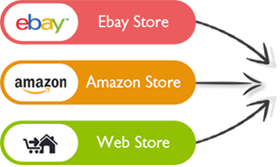
Multi-channel selling
Multi-channel selling diversifies revenue as 34% of businesses find it challenging but necessary to reach customers where they prefer to shop, reduce dependency on single platforms, diversify revenue streams, and protect against algorithm changes.
Primary marketplaces include Amazon (largest reach, most competition, highest fees at $39.99/month plus 8-15% referral), Walmart Marketplace (more selective, no monthly fee, lower competition, US-focused with 8-15% fees but no monthly fee), eBay (good for unique/collectible items with auction options), Etsy (best for handmade, vintage, craft supplies), and Target Plus (selective with established brands preferred).
Unified inventory across all channels is absolutely essential to prevent overselling and stockouts, requiring real-time synchronization with multi-channel inventory management systems. Tools like LitCommerce offer 20+ marketplace integrations.
Social commerce channels include TikTok Shop (39.9% of users will shop by 2026), Instagram Shopping, Facebook Shops, Pinterest Shopping and YouTube Shopping, expanding reach and meeting customers on their preferred platforms.
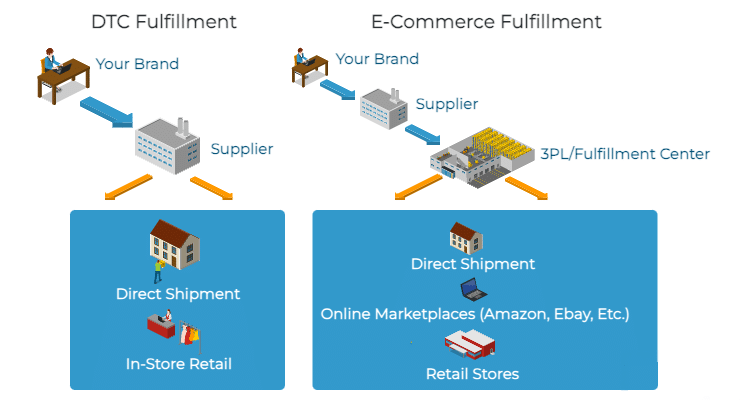
Direct-to-consumer (DTC) approaches
Direct-to-consumer (DTC) approaches provide full control over pricing, customer experience, and marketing. Own customer data (critical for first-party data strategy), eliminate marketplace fees or commissions, maintain complete brand control, and build direct customer relationships.
Self-hosted ecommerce platforms include Shopify (30% of US ecommerce websites, plans starting at $29/month including hosting, scalable from startup to enterprise with extensive app ecosystem), WooCommerce (15% of US ecommerce websites, WordPress integration, highly customizable but requiring more technical expertise), and BigCommerce (enterprise-grade features with multi-storefront management and advanced B2B capabilities).
Hybrid strategies use marketplaces for discovery and volume while driving customers to owned channels for repeat purchases. Build email lists from all sales channels, offer exclusive products/bundles on owned channels, and use marketplaces for customer acquisition while focusing DTC efforts on retention.
Conclusion: Act now to capture 2026 opportunities
The 2026 ecommerce landscape rewards sellers who recognize that technological and regulatory changes aren’t future trends but immediate necessities. With global ecommerce reaching $7.06 trillion and mobile commerce capturing 60-73% of transactions, the digital-first shopping experience demands AI-powered personalization, real-time inventory systems, and first-party data collection infrastructure deployed by January 2026 when California privacy regulations take effect.
Three critical preparation windows define seller success: implement AI personalization and first-party data collection immediately in Q4 2025, deploy real-time inventory tracking and BOPIS capabilities in Q1 2026 before back-to-school season planning begins, and establish social commerce presences and livestream shopping capabilities before Prime Day in July 2026. Sellers who delay these implementations until competitors demonstrate their value will find customer expectations already reset and market share already captured.
The economic environment of modest 1.4-1.8% GDP growth with 3.2-3.3% inflation creates value-conscious consumers who remain willing to spend selectively on experiences they value like fast delivery and sustainable products. The shift from price-led to volume-led growth means success comes from operational excellence that enables competitive pricing rather than simply raising prices to offset costs. Nearshoring to Mexico, warehouse automation investments, and AI-powered demand forecasting separate profitable sellers from struggling ones.
Most critically, the January 2026 effective date for updated California privacy regulations and the complete phase-out of third-party cookies across browsers makes first-party data collection the single most important strategic initiative. Building email lists, implementing preference centers, deploying Customer Data Platforms, and creating consent management systems cannot wait for calendar-based planning cycles. The 2026 winners started these implementations in 2025, capturing customer data and building unified profiles while competitors remained dependent on disappearing third-party tracking technologies.
The $7 trillion opportunity in 2026 belongs to sellers who treat this report as an action plan rather than interesting research. Start today.
Additional Resources
Peak season for eCommerce sellers is a great time to make a sizable profit, but it’s important to be prepared well in advance. Check out these other articles by our fulfillment experts to get you and your eCommerce store ready for the peak season in 2024!
Sources
- eMarketer. “Global Ecommerce Forecast 2026.” eMarketer, 2025. https://www.emarketer.com
- Statista. “E-commerce Worldwide – Statistics & Facts.” Statista Market Insights, 2025. https://www.statista.com
- Insider Intelligence. “US Ecommerce Forecast 2026.” Insider Intelligence, 2025. https://www.insiderintelligence.com
- National Retail Federation. “Back-to-School and Holiday Shopping Trends.” NRF, 2025. https://nrf.com
- Deloitte. “2025-2026 Retail Industry Outlook.” Deloitte Insights, 2025. https://www2.deloitte.com/insights
- McKinsey & Company. “The State of AI in 2025.” McKinsey Global Institute, 2025. https://www.mckinsey.com
- Forrester Research. “Predictions 2026: Ecommerce and Retail.” Forrester, 2025. https://www.forrester.com
- Gartner. “Supply Chain Technology Forecast.” Gartner Research, 2025. https://www.gartner.com
- U.S. Bureau of Economic Analysis. “GDP Growth and Economic Indicators.” BEA, 2025. https://www.bea.gov
- U.S. Bureau of Labor Statistics. “Consumer Price Index and Inflation Data.” BLS, 2025. https://www.bls.gov
- Federal Reserve Economic Data (FRED). “Economic Research and Data.” Federal Reserve Bank of St. Louis, 2025. https://fred.stlouisfed.org
- International Monetary Fund. “World Economic Outlook.” IMF, 2025. https://www.imf.org
- California Privacy Protection Agency. “CCPA Regulations and Updates.” CPPA, 2025. https://cppa.ca.gov
- European Commission. “Digital Markets Act and GDPR Enforcement.” European Commission, 2025. https://ec.europa.eu
- Office of the United States Trade Representative. “Tariff Information and Trade Policy.” USTR, 2025. https://ustr.gov
- World Trade Organization. “Trade Statistics and Dispute Settlement.” WTO, 2025. https://www.wto.org
- Amazon. “Prime Day Historical Data and Seller Resources.” Amazon Seller Central, 2025. https://sellercentral.amazon.com
- Shopify. “Future of Commerce Report.” Shopify, 2025. https://www.shopify.com
- Google. “Privacy Sandbox and Third-Party Cookie Phase-Out Timeline.” Google Chrome Blog, 2025. https://blog.google/products/chrome
- Meta. “Social Commerce Trends Report.” Meta for Business, 2025. https://www.facebook.com/business
- ShipStation. “Holiday Shipping Deadlines and Best Practices.” ShipStation, 2025. https://www.shipstation.com
- Adobe. “Adobe Digital Economy Index.” Adobe Analytics, 2025. https://business.adobe.com
- Salesforce. “Shopping Index: Consumer Behavior Insights.” Salesforce, 2025. https://www.salesforce.com
- Juniper Research. “Mobile Commerce and Digital Payments Forecast.” Juniper Research, 2025. https://www.juniperresearch.com
- ABI Research. “Warehouse Automation Market Analysis.” ABI Research, 2025. https://www.abiresearch.com
- IDC. “Cloud Logistics Software Market Forecast.” IDC, 2025. https://www.idc.com
- Markets and Markets. “Supply Chain Management Market Report.” Markets and Markets, 2025. https://www.marketsandmarkets.com
- TimeandDate.com. “Holiday Calendar and International Date Information.” TimeandDate.com, 2025. https://www.timeanddate.com
- Hebcal.com. “Jewish Holiday Calendar Converter.” Hebcal, 2025. https://www.hebcal.com
Did you know partnering with a 3PL could grow your eCommerce Business?
Get a free quote from eFulfillment Service and see how a 3PL could simplify your eCommerce fulfillment for the peak season!

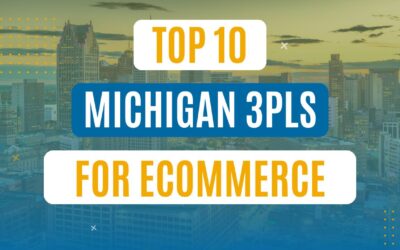
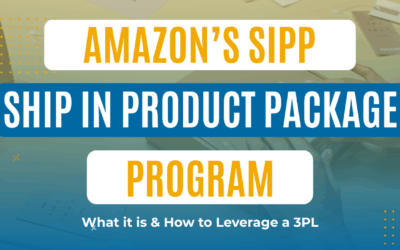
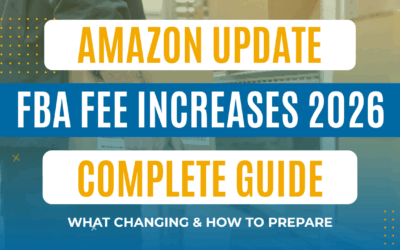
0 Comments